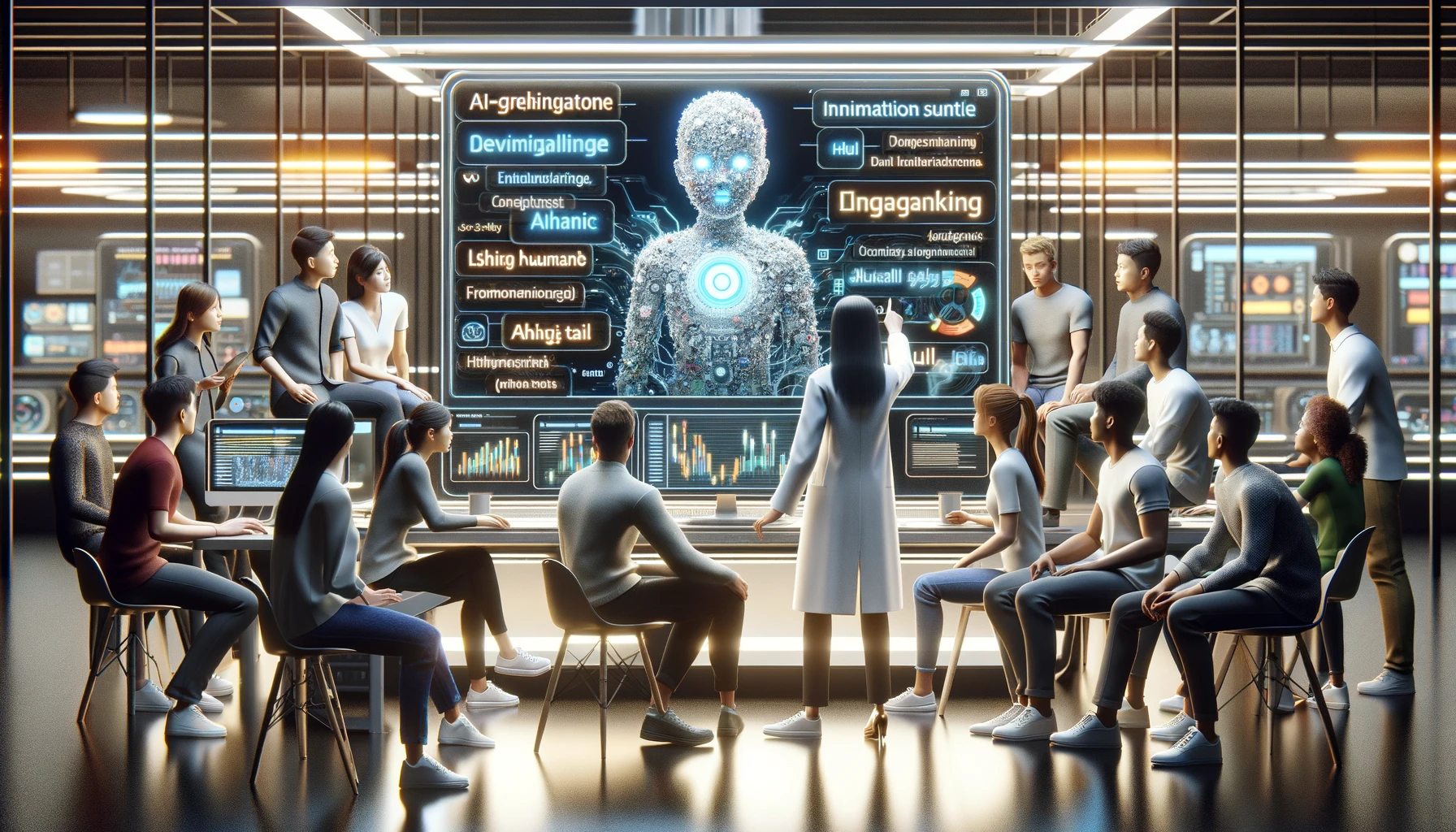
Making AI Text More Human
The experts at Editly have mastered the art of humanizing AI text during their long careers as online proofreaders, editors, and AI humanizers. In the series, “How to Humanize AI Text,” they draw on their experience to model the humanization of an AI text. In this post, we take on a question that has become ever more urgent for our clients around the world—“How to make AI text more human?”.
ChatGPT Text Response to “How to Make AI Text More Human?”
Making AI-generated text feel more human involves several key strategies to enhance its relatability, readability, and emotional resonance. Here are some practical steps to humanize AI text:
- Adopt a Conversational Tone: Use a tone that mimics natural human conversation. This includes using contractions, colloquial language, and informal expressions that make the text sound friendly and approachable.
- Personalize Responses: Tailor responses to the context or user where possible. Personalization can come from referencing previous interactions, using the user's name, or adapting the response based on the user's known preferences or history.
- Vary Language and Structure: Avoid repetitive sentence structures and vocabulary. Just as human speech varies, AI text should use a mix of simple and complex sentences, different phrasing, and diverse vocabulary to keep the text dynamic and engaging.
- Incorporate Emotions and Empathy: Infuse empathy and appropriate emotional responses into the text. Acknowledging the user's feelings or the emotional context of the situation can make AI interactions feel more genuine and considerate.
- Use Natural Flow and Logic: Ensure the text flows logically and smoothly as it would in human dialogue. Transitions between topics should be seamless and natural, without abrupt changes or awkward jumps.
- Include Idiomatic Expressions: Sprinkle in idioms, proverbs, or popular sayings when appropriate. These add color and cultural relevance, making the text resonate more deeply with users.
- Implement Humor and Wit: Where appropriate, use humor to make the text more engaging and enjoyable. This should be done sensitively and contextually to avoid misunderstandings.
- Ask Questions and Invite Interaction: Engage users by asking questions or inviting feedback. This encourages a two-way conversation and makes interactions more interactive and less static.
- Show Flexibility in Responses: Avoid canned or overly scripted responses. Allow for flexibility in how the AI constructs answers, adapting to the nuances of the input it receives.
- Learn and Adapt: Utilize machine learning techniques to allow the AI to learn from interactions and improve over time. Feedback loops can help the system recognize which responses are most effective or appealing to users.
By applying these strategies, AI-generated text can become more human-like, making interactions with technology more pleasant, engaging, and meaningful for users. (365 words)
Humanized Rewrite of the ChatGPT Text
Making AI-generated text feel more human involves several key strategies to enhance relatability, readability, and emotional resonance.
- Adopt a Conversational Tone: Include contractions, colloquial language, and informal expressions to make the text sound friendly and approachable.
- Personalize Responses: Tailor responses to the context or user whenever possible.
- Vary Language and Structure: To keep the text dynamic and engaging, use combinations of simple and complex sentences, different phrasing, and diverse vocabulary.
- Incorporate Emotions and Empathy: Infuse empathy and appropriate emotional responses into the text.
- Use Natural Flow and Logic: Ensure the text transitions logically and smoothly as it would in human dialogue.
- Include Idiomatic Expressions: Sprinkle in idioms, proverbs, or popular sayings when appropriate.
- Implement Humor and Wit: Consider using humor to make the text more engaging and enjoyable.
- Ask Questions and Invite Interaction: Engage in a two-way conversation with users by asking questions or inviting feedback.
- Show Flexibility in Responses: Avoid canned or overly scripted responses.
- Learn and Adapt: Utilize machine learning techniques to allow the AI to learn from interactions and improve over time.
By applying these strategies, AI-generated text can become more human-like, making interactions with technology more pleasant, engaging, and meaningful. (204 words)
The AI Text vs the Humanized Text
None other than William Shakespeare observed that “Men of few words are the best men.” While ChatGPT knows this quote, as well as the entire text of “Henry V,” it seems not to have taken it to heart. Indeed, the ChatGPT response to our question tipped the scales at an astounding 365 words.
Conversely, our humanized text is only 204 words—or more than 44% shorter than the AI text. The brevity of the humanized version is essential to enhancing the readability and clarity of the text, achieved through the elimination of repetition and redundancy. As we can now see, texts of few words are indeed the best texts.
The Takeaway
You, too, can practice the above skills and become proficient at humanizing AI texts. But, if you would like an experienced helping hand, then don’t wait to get started on Editly.


Paul S.
Online editing, proofreading, and rewriting for both human and AI text. Specialties include admissions essays, academics, business, blogs, and ChatGPT to human text. Chief editor at Editly AI.